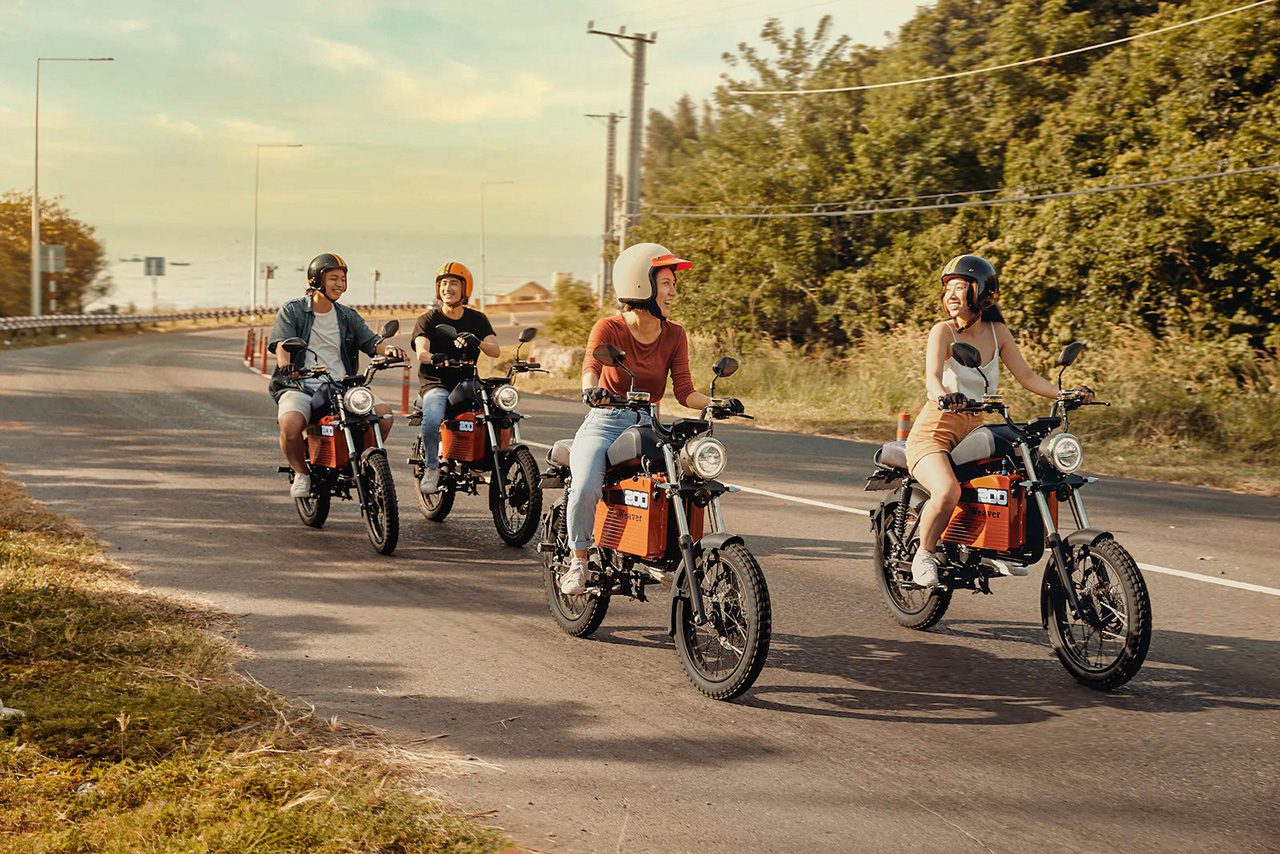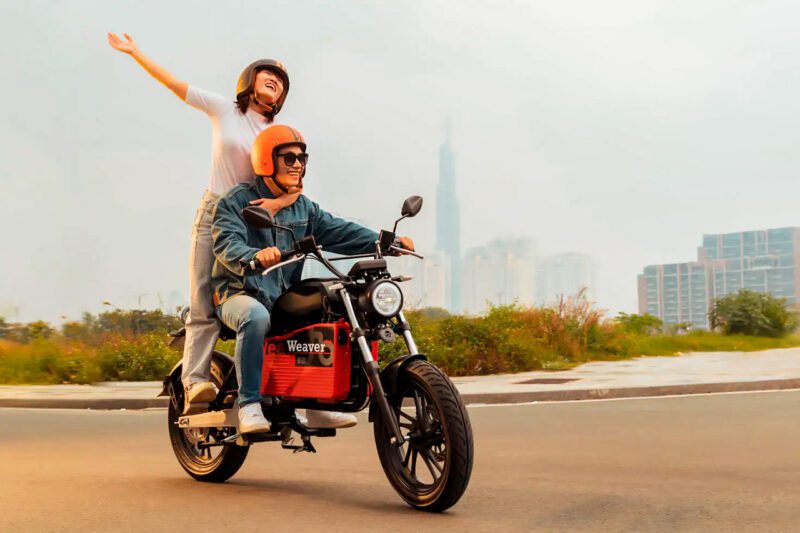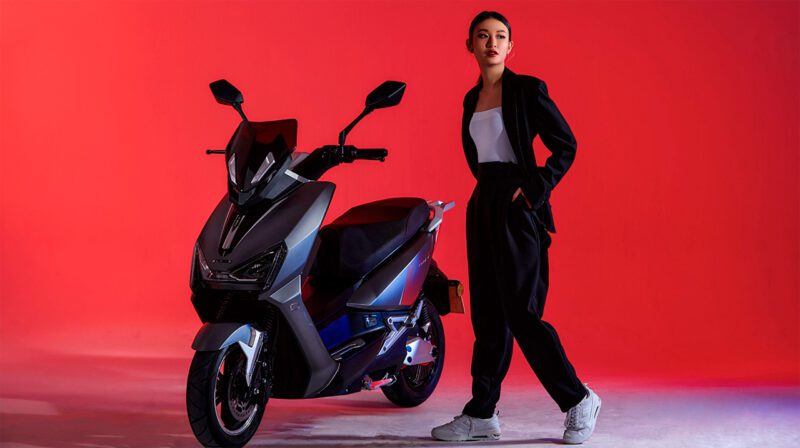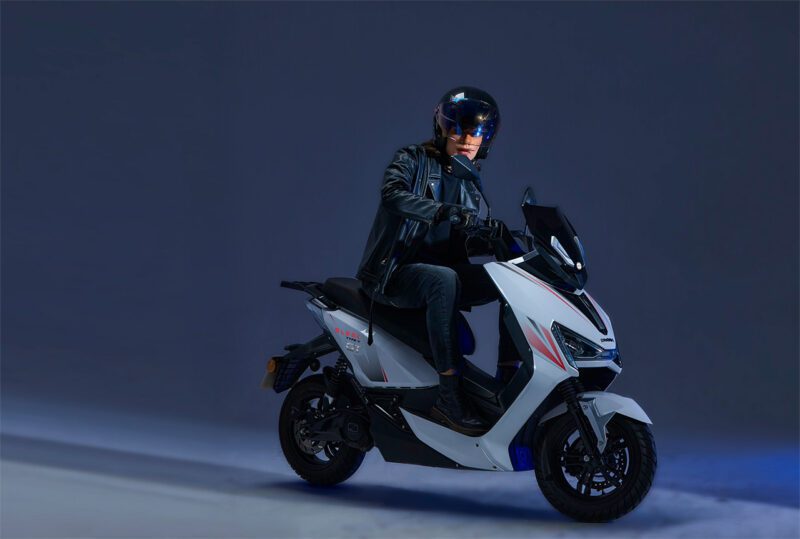Sovereign Seeds: Reclaiming MENA’s Agricultural Future
Reviving local food systems and unlocking rural prosperity

While many people may only think of EVs as cars, in Southeast Asia EVs are more often motorbikes. From tiny startups to corporate giants such as Honda, companies are gearing up to replace the 235 million motorbikes in the region and massively reduce carbon emissions.
Across the less developed markets in Southeast Asia, motorbikes vastly outnumber cars. 87 percent of households in Thailand own a motorbike, for instance, followed by 86 percent in Vietnam, 85 percent in Indonesia and 83 percent in Malaysia. Car ownership is far, far lower.
All those motorbikes spew out massive amounts of greenhouse gas (GHG) emissions. In Vietnam, for instance, transport is responsible for about 18 percent of total GHG emissions. Motorbikes cause 90 percent of carbon monoxide and organic carbon emissions in the transport sector as well as 60 percent of suspended particle emissions, according to Vietnam’s Ministry of Natural Resources and Environment. Other countries have similar issues.

Image Courtesy of DatBike
Governments across Southeast Asia are counting on a transition to electric motorbikes to help them meet their targets for reducing GHG emissions. Vietnam is promoting EVs through 2030 and will end the production, assembly, and import of fossil-fueled cars, motorcycles, and mopeds by 2040. Indonesia similarly aims to sell only electric cars and motorcycles by 2050, the country’s energy minister told Reuters.
Despite the lofty goals, data from Asia Fund Managers shows that e-motorbikes accounted for less than 1 percent of the 10.6 million units sold in Southeast Asian markets in 2022. Governments are putting a variety of incentives and restrictions in place to accelerate the shift. The Indonesian government targets two million e-motorbikes by 2025, according to the ADB, with policies including subsidies up to 7 million Rupiah (US$450). The Thai government has implemented tax incentives and subsidies to accelerate the transition. And in Vietnam, cities including Hanoi and Ho Chi Minh City plan to ban ICE motorbikes by 2030.
The shifts in these markets and others lead to tremendous opportunities for sales of electric motorbikes. “We see immense scope for growth, especially in Asia,” EIU automotive analyst Arushi Kotecha told the BBC. “Personal disposable incomes, especially outside China, in markets like India and Southeast Asia, still remain low on average, which makes cars unaffordable. While the big Japanese motorbike manufacturers like Yamaha and Honda are now making electric models, the Asian market has been led by newer companies.” McKinsey associate partner Rahul Gupta told CleanTechnica he believes electric two-wheelers could make up as much as 50 percent of the motorbike market in Southeast Asia by 2030.

Image Courtesy of SLEEK EV
While setting up an automobile factory requires high capital costs, manufacturing electric motorbikes is easier. Most motorbikes have about 150 parts, and their relative simplicity compared to cars makes them easier to manufacture.

Image Courtesy of DatBike
ASEAN (Association of Southeast Asian Nations) is already the third largest globally in electric motorbike production and sales after India and China, according to ABEAM Consulting. A combination of inexpensive labor, low-cost land and government policies has attracted foreign companies to start setting up production in the region.
A multitude of local start-ups are also setting up manufacturing to produce electric motorbikes. Many hope to tap into a global EV motorbike market that Research and Markets expects to grow from US$4.9 billion in 2023 to US$14.7 billion by 2028. Examples from several key markets exemplify how start-ups are positioning themselves to compete effectively.
SLEEK EV (Sleek), for instance, manufactures electric motorbikes in Thailand. It leverages economies of scale through contract assembly overseen by its engineers, reducing import taxes by almost 70 percent, and it can already produce about 20,000 units per year. A key difference between traditional motorcycles and Sleek’s electric ones, co-founder ZQ Ong explained, is the software. Software runs the controller that manages how much power to release to the motor and it can extract data for diagnostics that predicts servicing needs, which reduces downtime for repairs. Sleek plans to use the software for gamification, rewards, carbon credits, and financing, Ong said, which can help consumers buy EVs despite low incomes and improve their lifestyles. Along with reducing carbon emissions and promoting sustainable transportation, then, its vehicles become more accessible and affordable. Once it has sufficient scale in Thailand, Sleek plans to expand into Vietnam, Indonesia, and the Philippines.
In Vietnam, Dat Bike aims to lower costs, improve efficiency and “greenify” the transportation ecosystem by shifting riders from ICE motorbikes to its electric ones. CEO Son Nguyen said Dat Bike is the only motorbike company in Southeast Asia that runs its own R&D, manufacturing and direct-to-consumer distribution. It designs most parts itself, including mechanical components such as the frame and electric drivetrain, and it also manufactures battery packs in-house using a proprietary method that creates what it says are the highest energy batteries in the industry. Nguyen says its vertical integration gives it more control, which enables higher efficiency and allows it to make its motorbikes better, cheaper and faster than competitors. Moreover, Nguyen said, “Dat Bike needs to be a software-powered company. Everything has to be very efficient, and software can help greatly.” The software output feeds into a motor controller, for example, that is fine-tuned for the battery pack. Dat Bike has a 10 percent share of the classic design market for adult e-motorcycles, plans to scale up to achieve a 20 percent share and also targets expansion throughout Southeast Asia.

Image Courtesy of SLEEK EV
Dozens of other start-ups around the region are similarly vying to produce electric motorbikes, become regional or even global players, and reduce carbon emissions.
While ICE motorbikes have long provided the mobility people across Southeast Asia need, the climate impact has become unsustainable. Governments are clearly relying on replacing ICE motorbikes with electric ones to achieve their net zero goals. While industry giants such as Honda will have a major impact, innovative start-ups are going beyond just producing eco-friendly vehicles so that they can offer very affordable products and improve the lifestyles of riders as well.
Related Content
Comments
Deep Dives

Featuring
Clarisse Awamengwi
IE Correspondent
July 17 - 12:00 PM EST

Featuring
Russell McLeod
July 24 - 12:00 PM EST
RECENT
Editor's Picks
Webinars
News & Events
Subscribe to our newsletter to receive updates about new Magazine content and upcoming webinars, deep dives, and events.
Become a Premium Member to access the full library of webinars and deep dives, exclusive membership portal, member directory, message board, and curated live chats.
At Impact Entrepreneur, we champion fearless, independent journalism and education, spotlighting the inspiring changemakers building the Impact Economy. Diversity, equity, sustainability, and democracy face unprecedented threats from misinformation, powerful interests, and systemic inequities.
We believe a sustainable and equitable future is possible—but we can't achieve it without your help. Our independent voice depends entirely on support from changemakers like you.
Please step up today. Your donation—no matter the size—ensures we continue delivering impactful journalism and education that push boundaries and hold power accountable.
Join us in protecting what truly matters. It only takes a minute to make a real difference.
0 Comments